1/2" 3/8" 5/8" multi sizes & colors nylon dock lines
Why Nylon is the Gold Standard for Dock Lines
Nylon is overwhelmingly the most popular material for dock lines for several key reasons:
-
Elasticity (Shock Absorption): This is the single most important feature. Nylon can stretch up to 15-30% under load. This elasticity acts like a shock absorber, soaking up the energy from wind, waves, and wakes instead of transferring jarring, sudden loads to your boat's cleats or deck hardware. This prevents damage and makes for a much more secure and quiet docking experience.
-
Strength: Nylon has an excellent strength-to-weight ratio. It is very strong for its size, making it manageable while providing a high safety margin.
-
Durability: It is highly resistant to abrasion, rot, mildew, and degradation from sunlight (UV) compared to many other natural and synthetic fibers. Modern marine-grade nylon is also treated to be saltwater resistant.
-
Cost-Effective: It offers the best balance of performance, durability, and price.
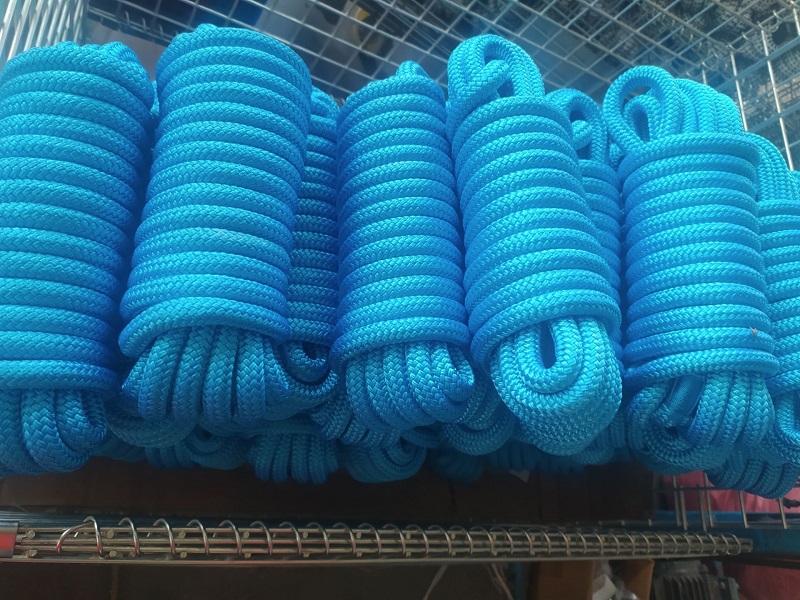
Key Features of a Good Nylon Dock Line
-
Three-Strand Twist vs. Braided:
-
Three-Strand Twist: The classic choice. It's very elastic, easy to splice, and generally less expensive. Its textured surface provides a good grip. This is the most common type for dock lines.
-
Double-Braided (Braid-on-Braid): Has a smoother, more polished look. It consists of a braided core inside a braided sheath. It's strong and flexible, but generally has slightly less stretch than three-strand. It's easier on the hands and doesn't hockle (kink) like three-strand can.
-
Spliced Eyes: Professional dock lines come with a pre-spliced eye (loop) at one or both ends. A proper splice is much stronger and neater than a knot, retaining up to 95% of the line's strength.
-
Chafe Protection: This is critical. The most common point of failure for a dock line is where it rubs against a chock or the dock edge.
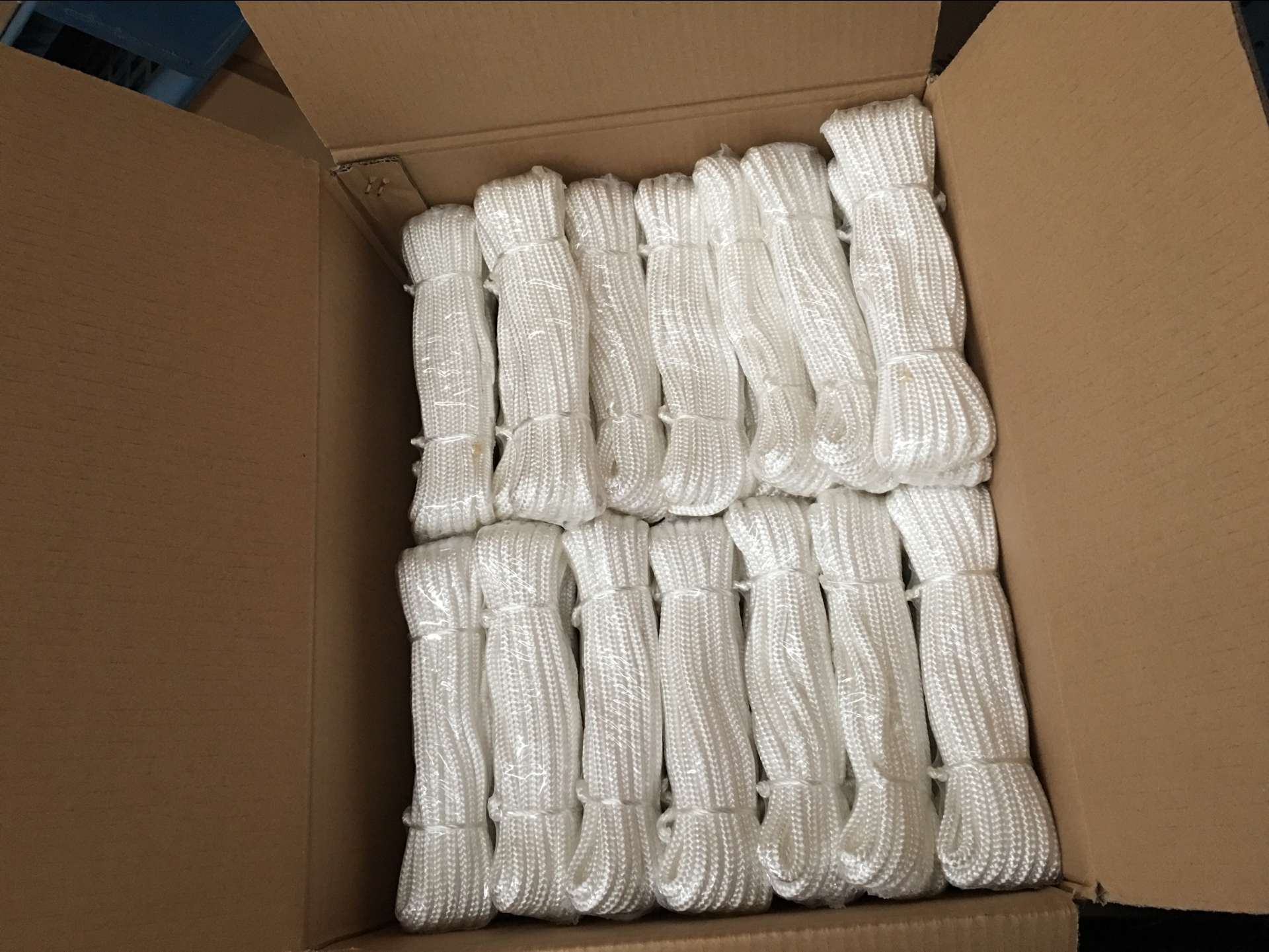
Types of Dock Lines and Their Uses
A well-docked boat uses a combination of these lines:
A typical setup uses four lines: Bow, Stern, Forward Spring, and Aft Spring.
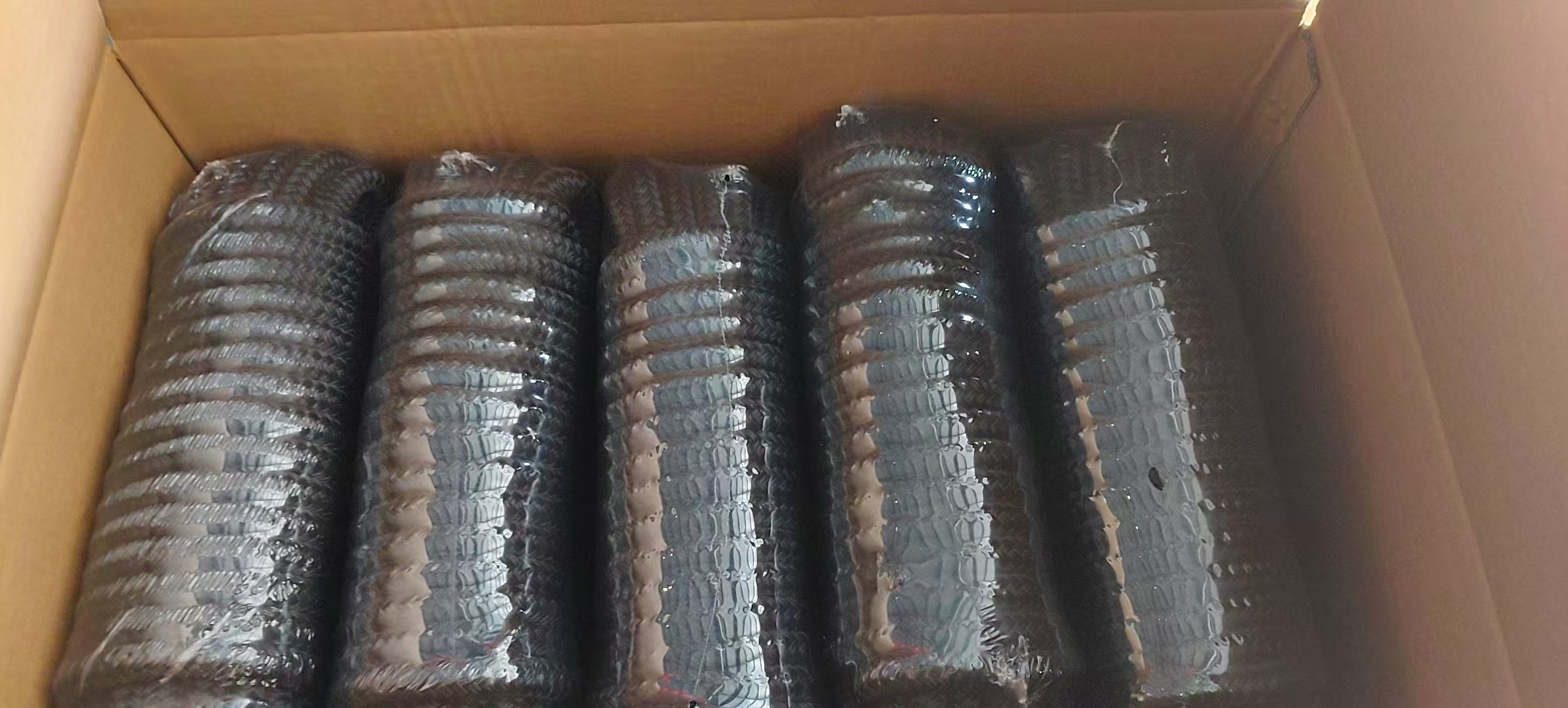
How to Choose the Right Size (Length & Diameter)
1. Diameter: This is determined by your boat's length.
When in doubt, go up one size. The added strength and chafe resistance are worth it.
2. Length: A good rule is to have dock lines that are 2/3 the length of your boat for bow/stern lines, and the full length of your boat for spring lines.
It's always better to have a line that's too long (you can double it up or take extra turns on the cleat) than one that's too short.
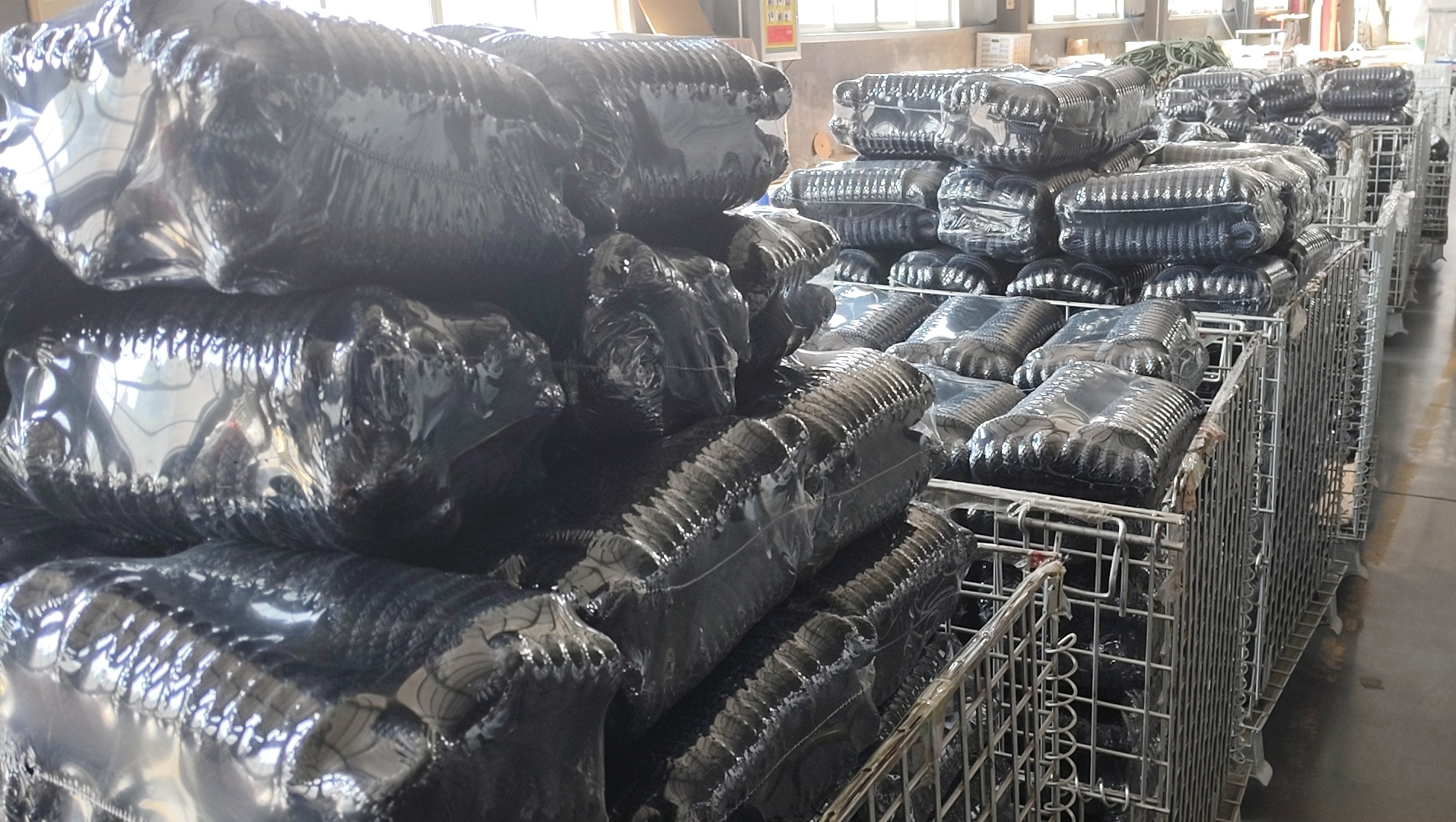
Proper Docking Techniques & Care
-
The "No-Hard-Pull" Rule: Never tie a dock line with a hard, unyielding pull. Always allow for the natural stretch of the nylon to do its job.
-
Cleat Hitch: Learn to tie a proper cleat hitch. It's secure, easy to untie, and won't jam under load.
-
Avoid Sharp Angles: Run the line through chocks to avoid sharp bends over the gunwale, which can cause chafe.
-
Maintenance:
-
Rinse: Rinse lines with fresh water occasionally to remove salt and dirt.
-
Inspect: Regularly check for signs of chafe, fading, or broken strands.
-
Retire: Replace lines that show significant wear or have been subjected to an extreme, shock-loading event.
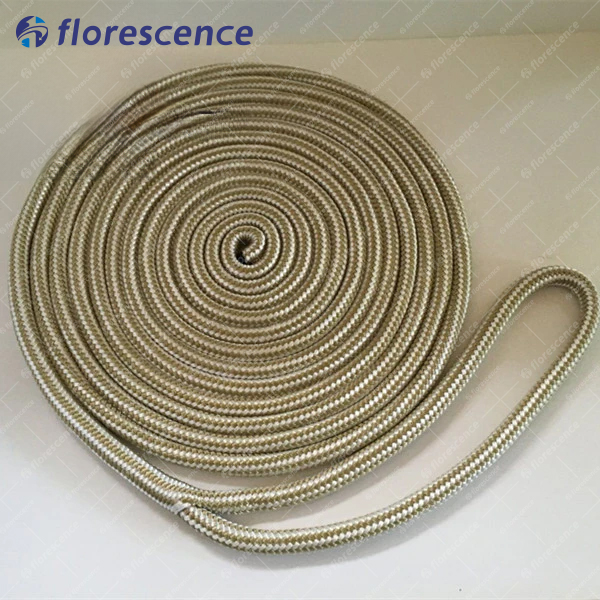
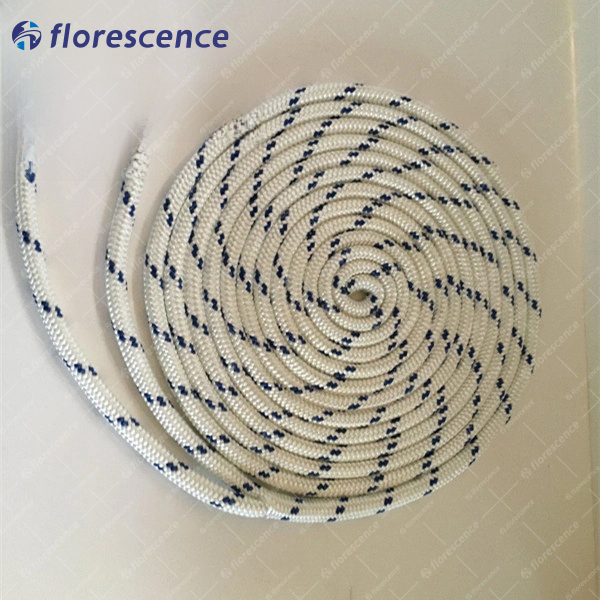
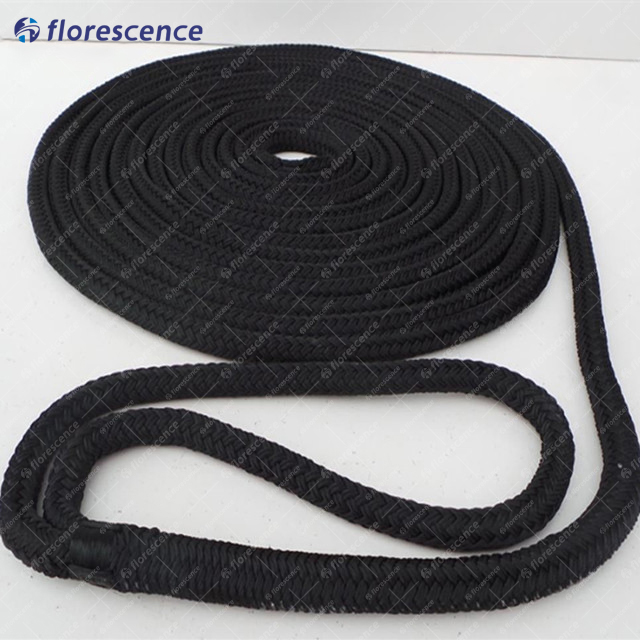
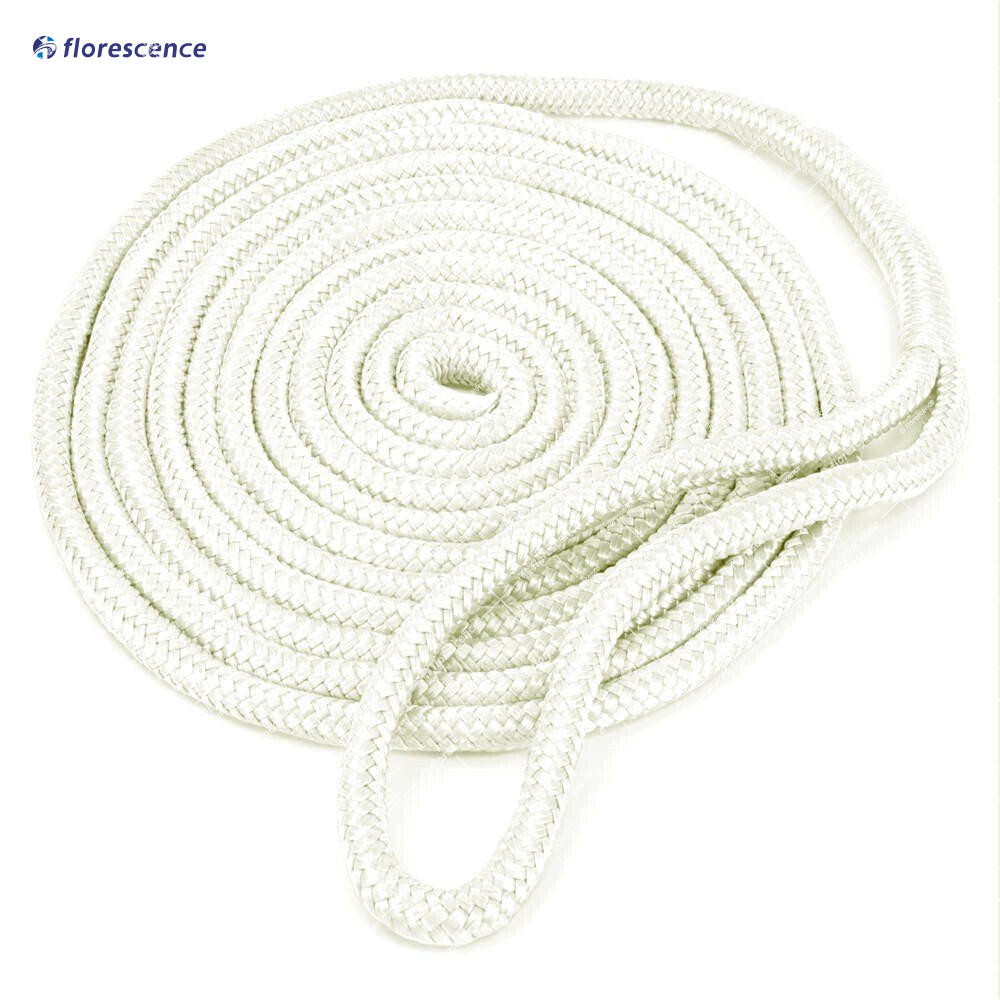
Summary: What to Look For When Buying
When you're shopping for nylon dock lines, look for:
-
Material: Marine-grade Nylon.
-
Construction: Three-Strand Twist (most common) or Double Braid.
-
Diameter: Correct for your boat's length.
-
Length: Appropriate for its use (bow, stern, or spring).
-
Ends: Pre-spliced eyes with chafe protection.
-
Quality: A reputable marine brand for peace of mind.
By choosing the right nylon dock lines and using them correctly, you ensure your boat stays safe, secure, and protected while docked.